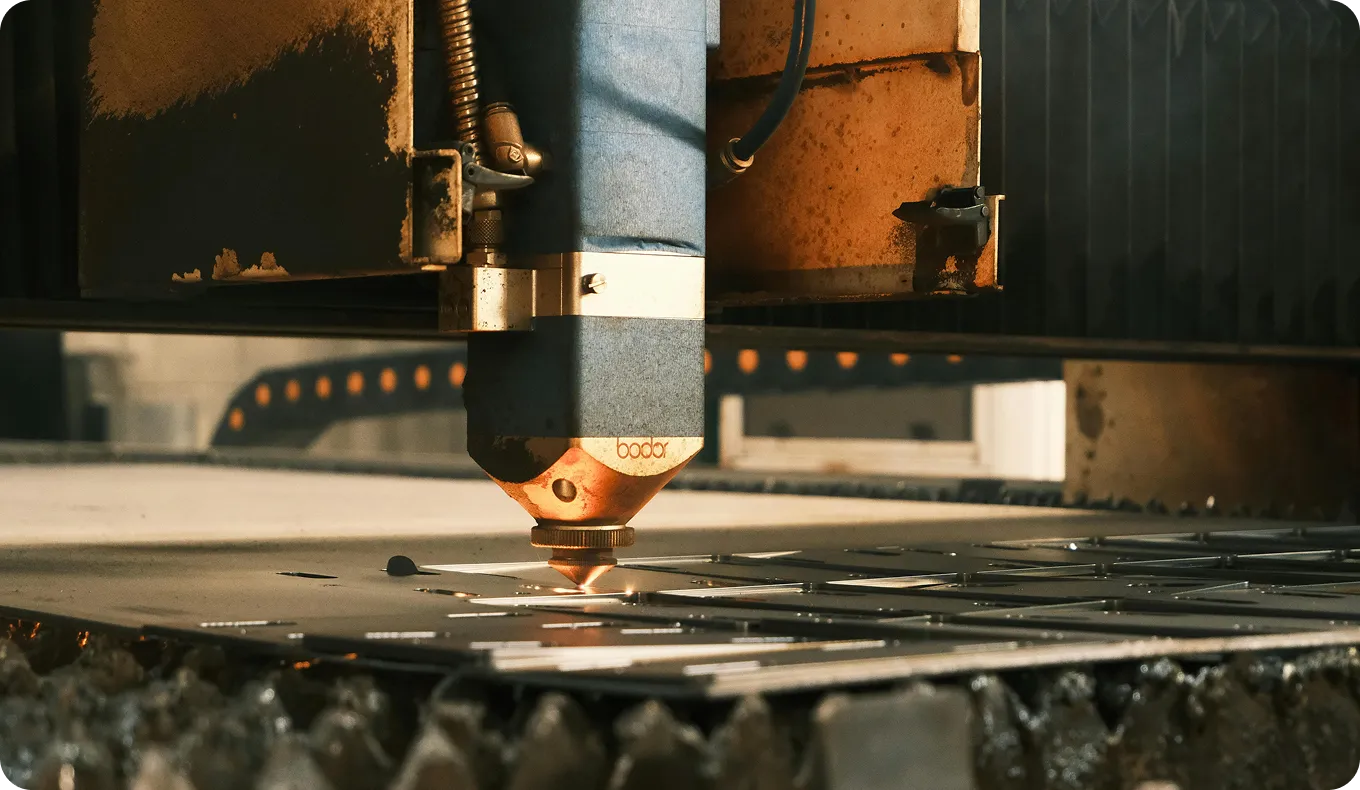Few-Shot Learning
Discover how few-shot learning enables AI to adapt with minimal data, transforming fields like medical diagnostics and wildlife conservation.
Few-Shot Learning (FSL) is a subfield of machine learning that focuses on building models capable of generalizing to new concepts from just a handful of examples. Traditional deep learning models, especially in computer vision, often require vast amounts of labeled training data to achieve high performance. FSL addresses the challenge of data scarcity by creating models that can learn effectively in low-data situations, mimicking the human ability to learn new objects or categories from very few instances. This makes it invaluable for applications where data collection and labeling are expensive, time-consuming, or simply impossible.
How Few-Shot Learning Works
The core idea behind FSL is to leverage prior knowledge from a large, diverse dataset to quickly learn new, related tasks. Instead of learning to classify specific categories directly, the model learns a more general representation of the data or learns how to compare data points. Common approaches include:
- Metric-Based Learning: These methods learn a distance function or similarity metric to compare a few labeled "support" images with unlabeled "query" images. The query image is then assigned the class of the most similar support image. Popular examples of this approach include Siamese Networks, which learn to determine if two images are from the same class, and Prototypical Networks, which learn a prototype representation for each class in the metric space.
- Optimization-Based Learning: Often associated with meta-learning (or "learning to learn"), this approach trains a model's optimization process itself. The goal is to develop a model that can quickly adapt its parameters to a new task with just a few gradient descent steps. An influential algorithm in this area is Model-Agnostic Meta-Learning (MAML).
- Memory-Based Learning: These models use an external memory component to store information from the few available examples. When a new example is presented, the model retrieves relevant information from its memory to make a prediction. This is conceptually similar to how k-Nearest Neighbors (k-NN) algorithms work.
Real-World Applications
FSL is particularly useful in specialized domains where data is scarce.
- Rare Disease Diagnosis in Medical Imaging: For rare diseases, collecting thousands of patient scans for model training is often not feasible. With FSL, a model pre-trained on a large dataset of common medical images can be adapted to identify signs of a rare disease using just a handful of confirmed cases. This accelerates the development of diagnostic tools for medical image analysis.
- Industrial Defect Detection: In manufacturing, a new product line may have unique and infrequent defects. Instead of pausing production to collect thousands of defect examples, an FSL model for object detection can be quickly trained with a few samples to automate quality control, improving efficiency and reducing waste. Platforms like Ultralytics HUB can help manage such specialized datasets and accelerate model deployment.
Challenges and Future Directions
Despite its promise, FSL faces significant challenges. The primary hurdle is preventing overfitting, as the model can easily memorize the few examples instead of learning to generalize. The model's performance can also be highly sensitive to the quality and representativeness of the provided support examples.
Ongoing research, driven by institutions like Stanford University, Google AI, and Meta AI, focuses on creating more robust meta-learning algorithms and better leveraging unsupervised or self-supervised learning techniques for pre-training. Combining these approaches aims to build more flexible and data-efficient AI systems, pushing the boundaries of what is possible in data-constrained environments. Advanced frameworks like PyTorch and TensorFlow provide the necessary tools for researchers to explore these cutting-edge methods.







.webp)
